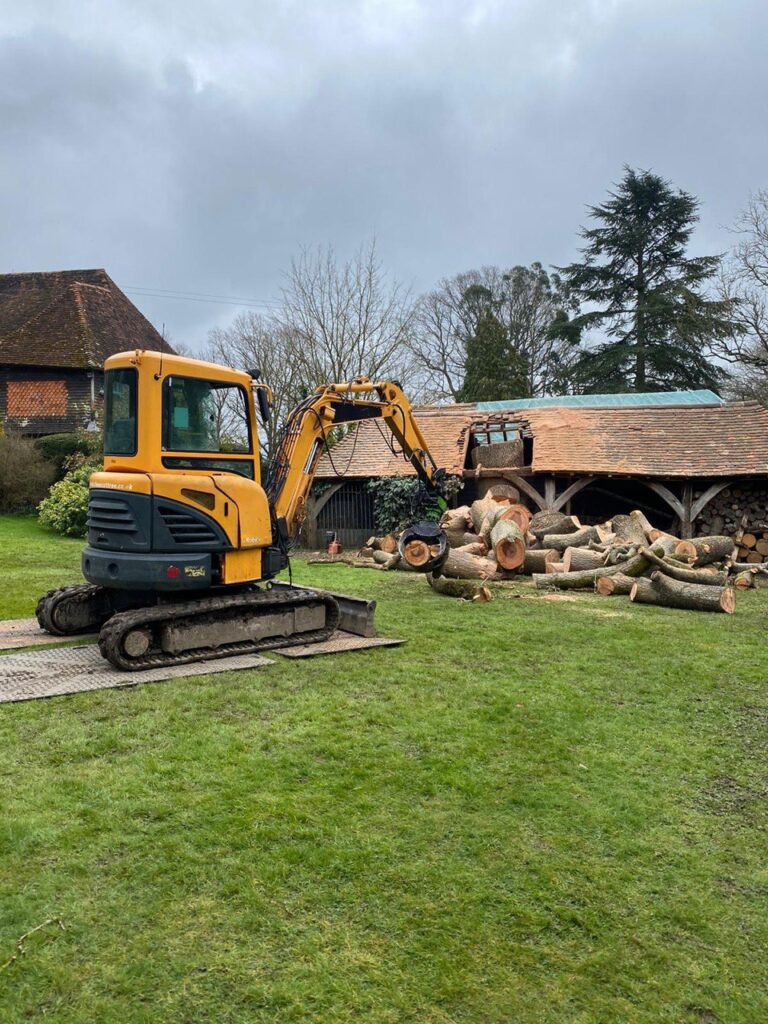Trimming the Balance: Hedge Cutting for Aesthetics and Functionality
Introduction: Hedges are versatile landscape features, offering practical benefits and aesthetic appeal. From defining property boundaries to enhancing privacy and providing habitat for wildlife, hedges play a vital role in shaping outdoor spaces. However, achieving the perfect balance between aesthetics and functionality requires careful consideration and skilled hedge-cutting techniques. In this blog post, we’ll explore the art of hedge cutting, discussing how to strike the right balance between aesthetics and functionality to create beautiful and functional outdoor environments.
Understanding Hedge Functions:
- Before embarking on hedge cutting, it’s essential to understand the various functions that hedges serve in the landscape. Hedges can provide privacy screening, windbreaks, noise reduction, and wildlife habitat, in addition to defining boundaries and creating visual interest. Identifying the hedge’s primary function(s) will help guide the pruning process and ensure its practical benefits are preserved while enhancing its aesthetic appeal.
Choosing the Right Hedge Species:
- Selecting the appropriate hedge species is crucial for achieving the desired balance between aesthetics and functionality. Different species offer varying levels of density, height, and growth habits, which can impact the hedge’s visual appearance and functional characteristics. Consider factors such as growth rate, foliage density, flowering habits, and maintenance requirements when choosing hedge plants to ensure they meet aesthetic and functional needs.
Adopting Hedge Cutting Techniques:
- Hedge cutting is both an art and a science, requiring careful attention to detail and proper technique. When shaping hedges, aim to balance form and function by preserving the hedge’s natural shape and structure while addressing practical considerations such as height, width, and density. Use sharp, clean pruning tools to achieve precise cuts and avoid damaging the hedge’s health or aesthetics.
Timing and Frequency of Hedge Cutting:
- Timing and frequency are key considerations when it comes to hedge cutting. Regular maintenance is essential to keep hedges neat while promoting healthy growth. However, avoiding over-pruning is important, as this can weaken the hedge and compromise its functionality. Consider the hedge species’ growth habits and seasonal characteristics when scheduling pruning sessions to minimise stress and maximise visual impact.
Enhancing Aesthetics with Creative Pruning:
- In addition to maintaining functionality, hedge-cutting offers opportunities for creative expression and artistic design. Experiment with different pruning techniques, such as topiary, espalier, or formal hedging, to enhance the aesthetic appeal of hedges and complement the overall design of the landscape. Incorporate curves, angles, and focal points to create visual interest and add personality to outdoor spaces.
Integrating Hedges into Landscape Design:
- Integrating hedges seamlessly into the landscape design to achieve a harmonious balance between aesthetics and functionality. Consider the surrounding elements, such as architecture, garden features, and plantings, when positioning and shaping hedges to ensure they complement the existing landscape and enhance its overall visual appeal. Pay attention to scale, proportion, and symmetry to create cohesive and inviting outdoor environments.
Conclusion: Hedge cutting is a delicate balancing act that requires careful consideration of both aesthetic and functional aspects. By understanding the functions of hedges, choosing the right species, adopting proper cutting techniques, and integrating hedges into landscape design, it’s possible to achieve beautiful and functional outdoor spaces that enhance the enjoyment and utility of the landscape. With a thoughtful approach to hedge cutting, homeowners and landscapers can strike the perfect balance between aesthetics and functionality, creating stunning outdoor environments that delight the senses and enrich the soul.
Call us on: 01953 667 637
Click here to find out more about Wymondham Tree Surgeons
Click here to complete our contact form and see how we can help with your tree’s needs.

